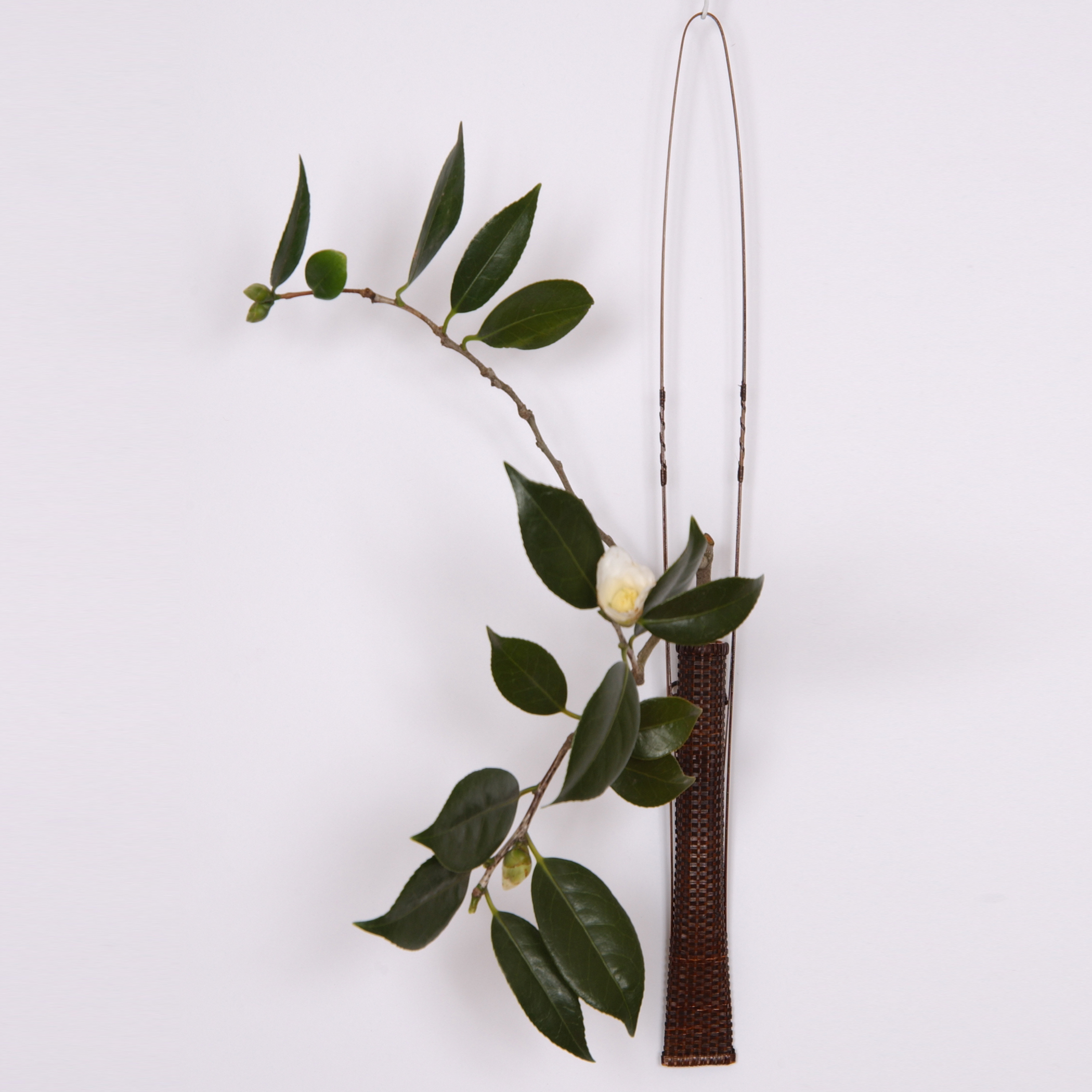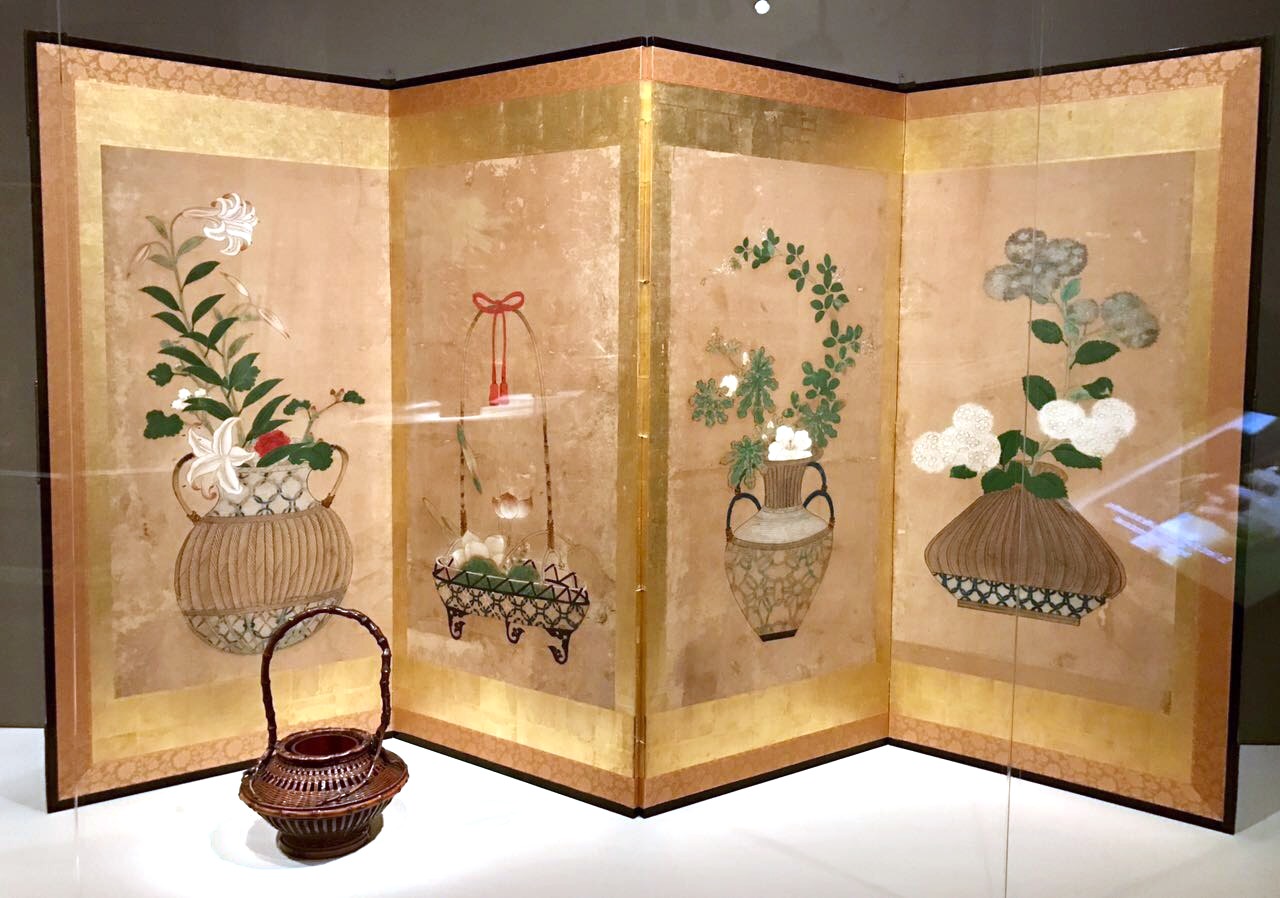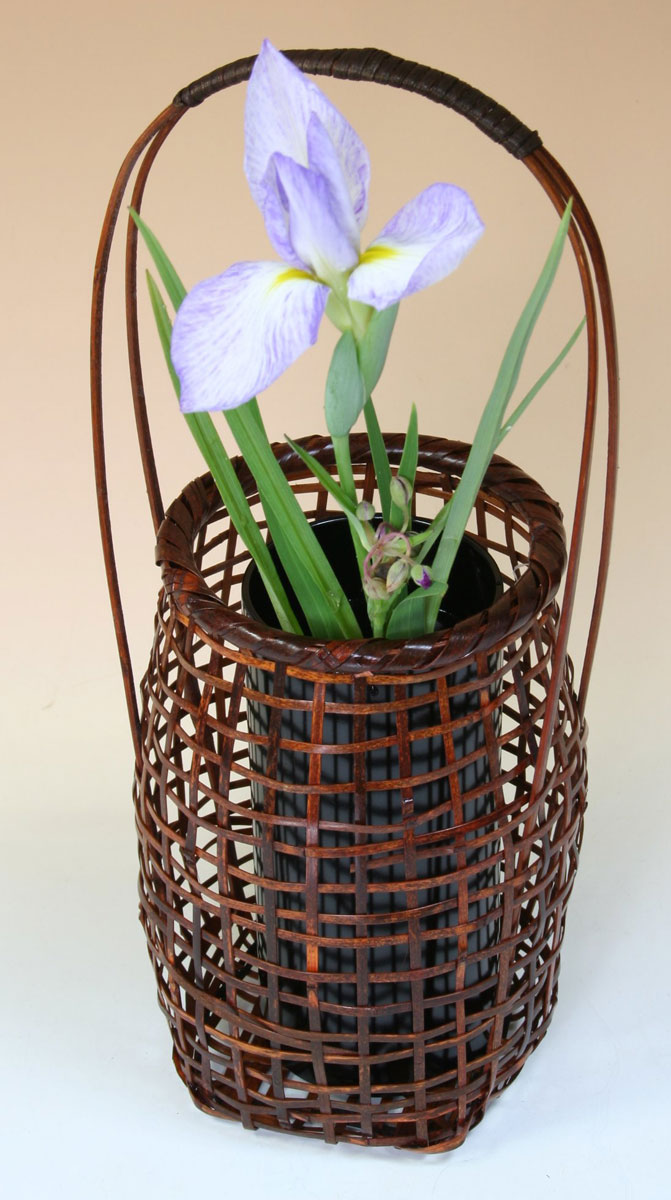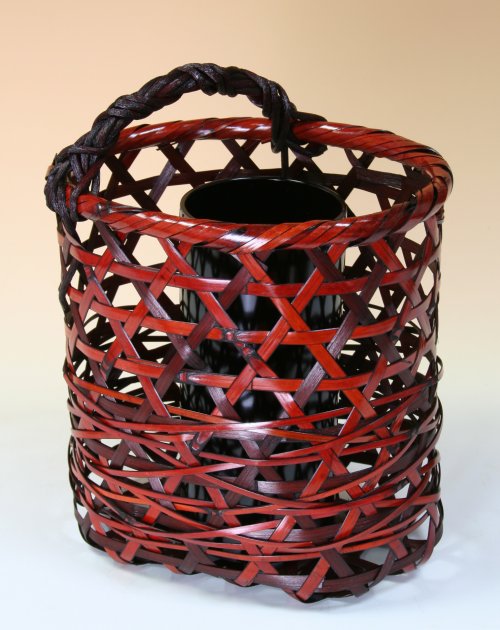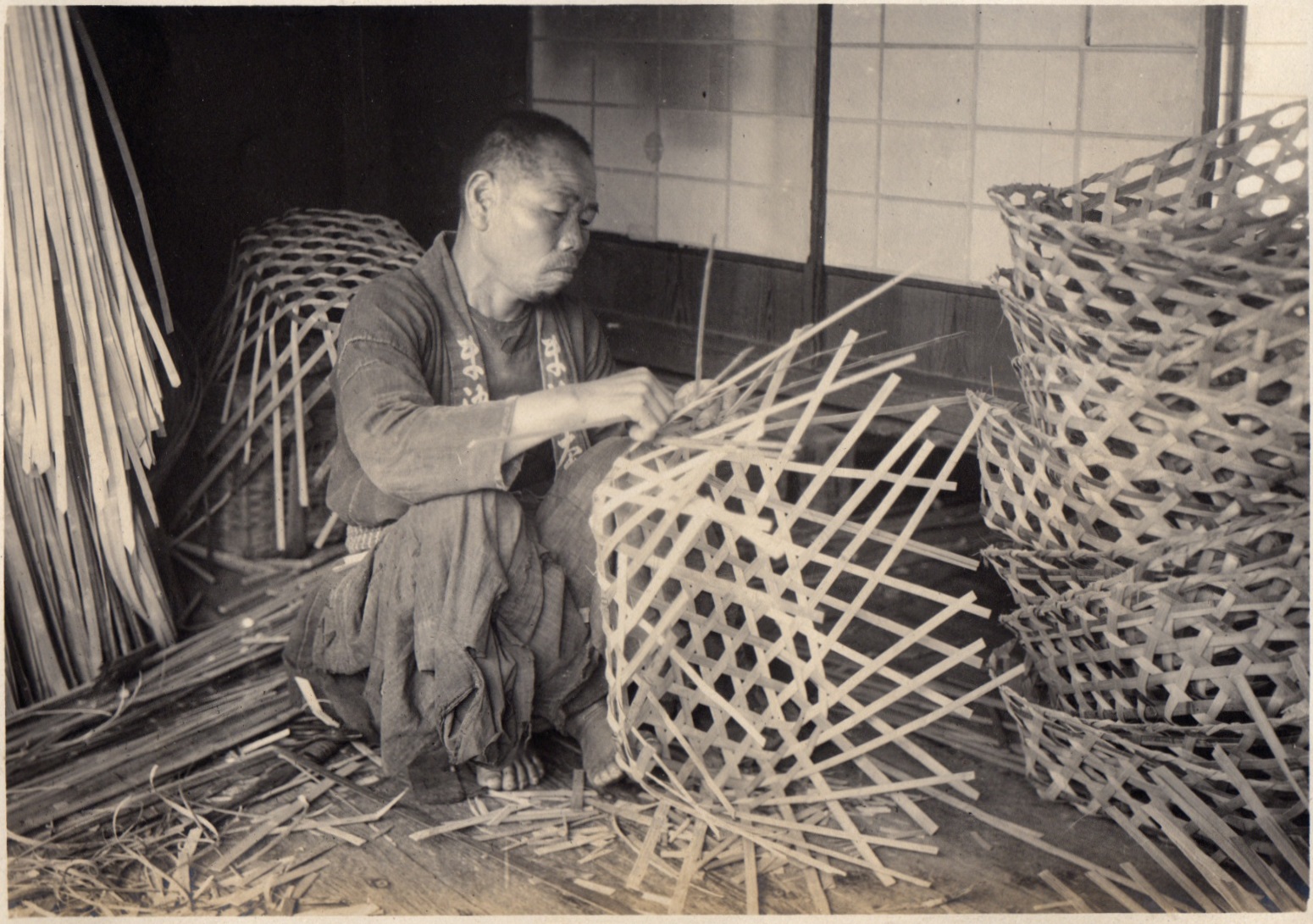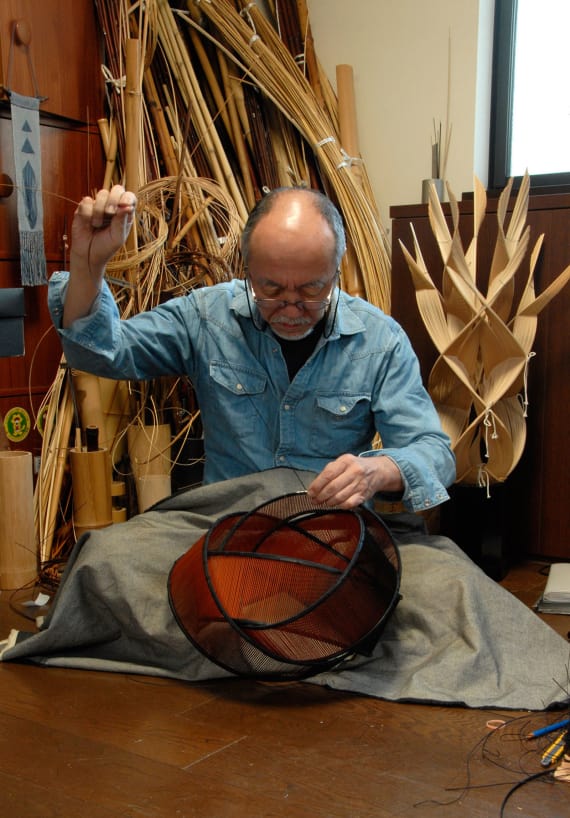Japanese Basket Vases
Bamboo is a common theme in Japanese literature and a favored subject of painters and craftsmen. With the abundance of bamboo in Japan and the variety of species, we have many uses for it.
Along with the evergreen pine and plum, which is the first flower of spring, bamboo is a part of the traditional Three Friends of Winter. The three are a symbol of steadfastness, perseverance, and resilience. Japanese artists have often represented bamboo enduring inclement weather, such as rain or snow, reflecting its reputation for being flexible but unbreakable, and its association with steadfastness and loyalty.
These “karamono” baskets had formal, symmetrical structures with tightly plaited weaves. It was the 16th-century tea master Sen no Rikyū (1522–1591) who advocated for a simple, austere wabi-cha style with natural and spontaneous or seemingly artless utensils. These tea utensils established a Japanese bamboo art distinct. Baskets were developed to appear in a natural, asymmetric style, called wamono (Japanese-style, 和物). Recognition of bamboo craftsmanship as a traditional Japanese decorative art began at the end of the 19th century, and became accepted as an art form.
Most of the master artisans designated Living National Treasures are selected from among participants in the annual Japan Kōgei Association exhibitions. Whereas the annual Japan Art Academy exhibitions (日展, Nitten) emphasize artistic expression, the Art and Crafts exhibitions prioritize the preservation of traditional skills and typically feature functional, though modern, baskets. In the postwar era, many of the leading bamboo artists were linked to established lineages. Although most artists are men, a number of female artists have emerged recently, such as Toshie Ōki (大木 淑恵), and Setsuko Isohi (磯飛 節子, 1964)
Strong, yet lightweight and flexible, bamboo is a challenging material to work with. Mastering the art involves not only weaving the bamboo, but harvesting, processing, dyeing and splicing it. Yet, it has huge potential to be expressive.
Since the ancient days this tradition has carried on with many new designers and craftsmen who have come up with different styles.
We have a selection of vintage baskets at our store. Many different styles. All are precious, we buy them in Japan from specialist dealers.

